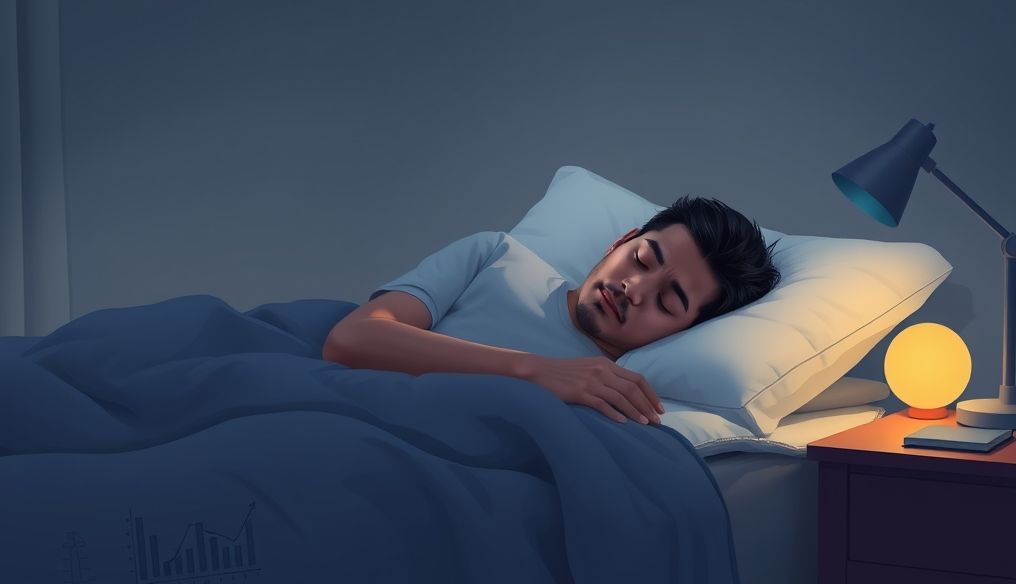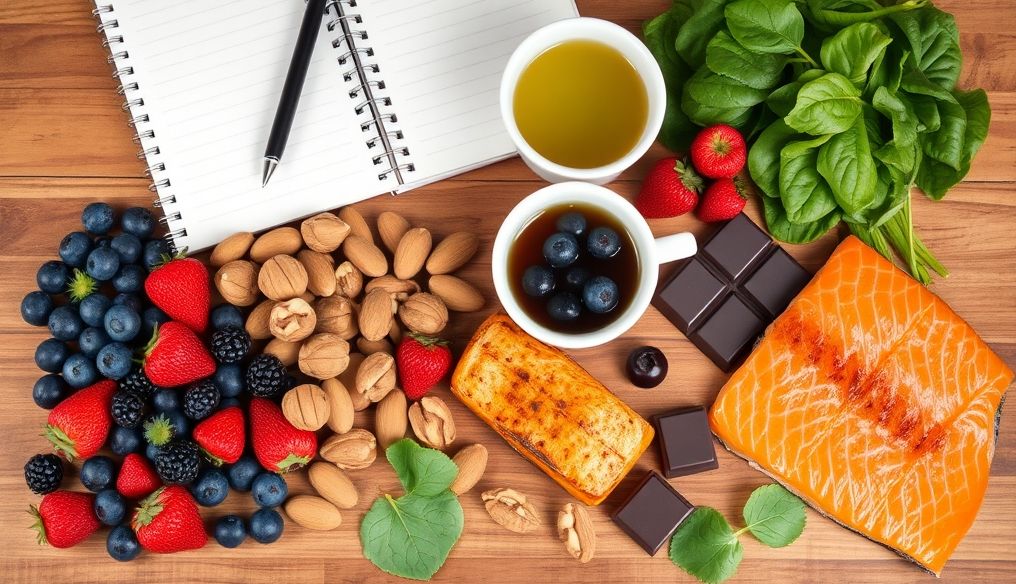Does Multitasking Destroy Your Productivity or Enhance It?
In today's fast-paced world, the ability to multitask seems like a necessary skill. However, the question arises: is multitasking really beneficial for our brains and productivity, or is it just an illusion that backfires?
What is Multitasking?
Multitasking is the attempt to perform two or more tasks simultaneously or switch rapidly between them. It may seem efficient, but the human brain cannot actually process multiple tasks at the same time synchronously. Instead, it switches rapidly between tasks, which consumes mental energy and reduces focus.
The Common Myth: Multitasking as a Productivity Skill
Many see multitasking as a sign of efficiency and the ability to accomplish more in less time. However, research suggests that this belief is incorrect. When we try to multitask, we distribute our attention, leading to:
- Increased errors
- Decreased work quality
- Increased stress levels
- Slower learning process
The Negative Impact of Multitasking on the Brain
1. Reduced Focus and Attention
When we switch between tasks, we train our brains to be distracted. This makes it difficult to focus on a single task for a long period, negatively affecting productivity and creativity.
2. Weakened Memory
Studies have shown that multitasking can weaken working memory, which is the memory we use to retain information while performing complex tasks. This can lead to difficulty remembering important details and making sound decisions.
3. Increased Stress Levels
Trying to perform multiple tasks simultaneously puts significant stress on the brain, leading to increased stress and anxiety levels. This can negatively affect mental and physical health.
4. Reduced Efficiency
Although multitasking may seem efficient, it actually reduces efficiency. When we switch between tasks, we lose valuable time re-focusing on each task. This can lead to wasted time and failure to complete tasks on time.
The Better Alternative: Single-tasking
Instead of trying to multitask, single-tasking is the better option. Single-tasking is focusing on one task until it is completed before moving on to the next task. This allows the brain to focus fully on the task at hand, leading to:
- Increased productivity
- Improved work quality
- Reduced stress levels
- Increased creativity
How to Apply Single-tasking in Your Daily Life
Here are some tips for applying single-tasking in your daily life:
- Prioritize: Identify the most important tasks that need to be accomplished and focus on them first.
- Avoid Distractions: Turn off notifications on your phone and computer and avoid browsing social media while working.
- Use the Pomodoro Technique: Work for 25 minutes and then take a short break for 5 minutes.
- Plan Your Day: Allocate specific time for each task and stick to the schedule.
- Be Patient: It may take some time to get used to single-tasking, but the results are worth it.
Potential Exceptions: When Can Multitasking Be Beneficial?
Although single-tasking is generally the best, there are some situations where multitasking may be helpful:
- Routine Tasks: Simple routine tasks can be performed simultaneously without negatively affecting productivity.
- Creative Tasks: Switching between different creative tasks can help stimulate inspiration and generate new ideas.
Case Studies and Real-World Examples
Many studies have shown that single-tasking leads to improved performance in various fields, including education, work, and sports. For example, a study conducted on university students found that students who focus on one task at a time get higher grades than students who try to multitask.
Conclusion: Choose Single-tasking for Maximum Productivity
In conclusion, although multitasking may seem tempting, it actually harms our brains and productivity. Single-tasking is the best option for achieving maximum efficiency and creativity. By applying single-tasking techniques in your daily life, you can improve your performance, reduce stress levels, and achieve your goals more easily.




